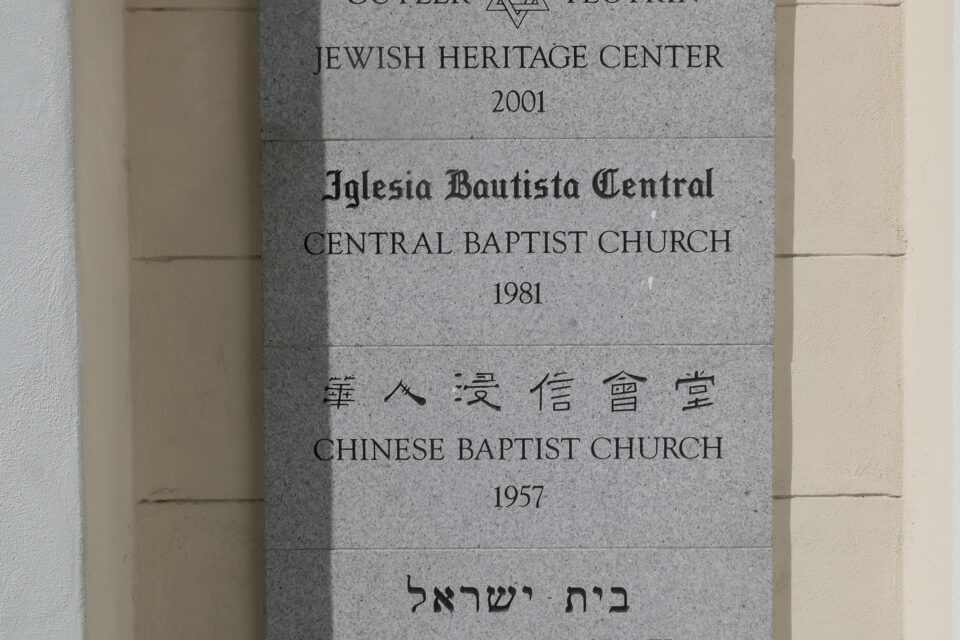FEBRUARY 14, 2024: Today was the last day of our trip to the Southwest. Tomorrow morning, we will be returning the motorhome and flying back to New York.
This morning, we are going to visit the Arizona Jewish Historical Society in downtown Phoenix. Phoenix is a huge spread-out city, and to reach the downtown from our campground in Mesa, we need to drive almost 40 miles.
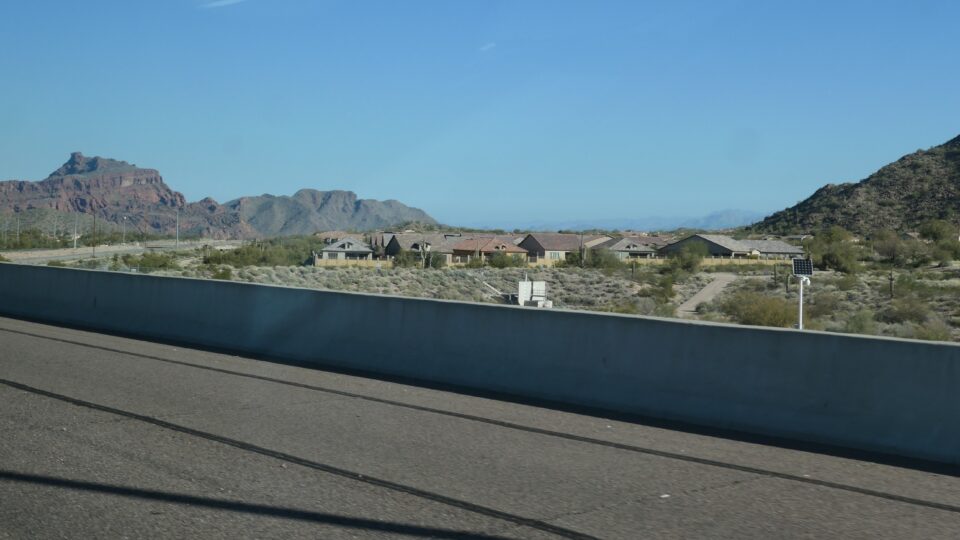
The Arizona Jewish Historical Society preserves and celebrates the rich heritage of Arizona’s Jewish communities and educates the public about Jewish history, including the Holocaust. It operates the Cutler Plotkin Jewish Heritage Center, that now serves as a museum. The museum is housed in the building that was the first synagogue in the Phoenix area, dedicated in 1921 as Temple Beth Israel.

In 1949, Temple Beth Israel relocated to a different building and in 1957, the property became Phoenix’s first Chinese-speaking Christian church. In 1981, the property was deeded to a Spanish-speaking Baptist church, under whose care it remained until purchased by the Arizona Jewish Historical Society in 2001.
Visits are only by appointment, and when we arrived, we met Mary Ellen, our guide. She took us into the main hall where on the wall is a photo of a Passover Seder taking place in the building in 1926. The Historical Society renovated the hall to look the same as what we saw in the photo.
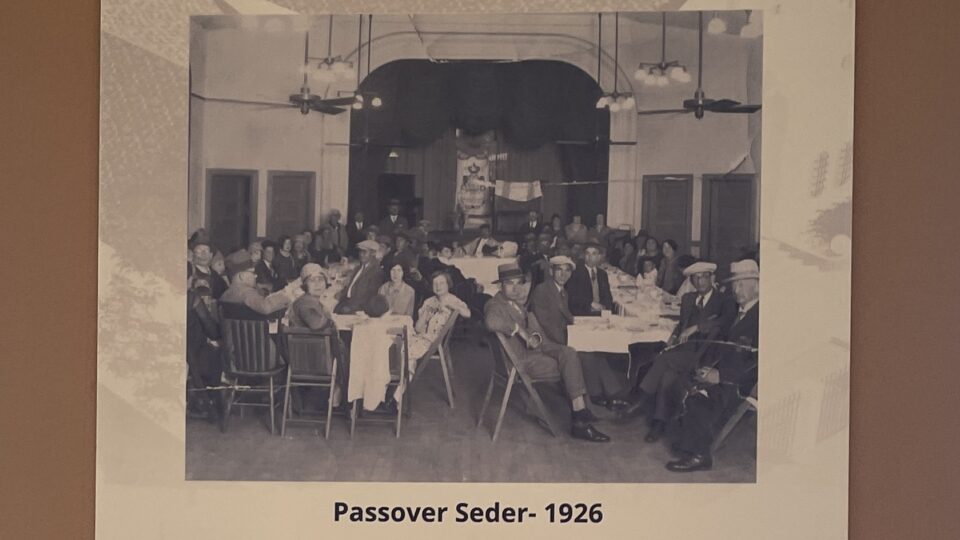

In the museum they have changing exhibits and currently there was an exhibit about the Holocaust called “Stories of the Holocaust: An Immersive Journey Through the Holocaust.” The exhibit told through their own eyes, the story of four survivors from the Phoenix area. What made the exhibit immersive (and unique) was the incorporation of advanced technology in telling the stories.
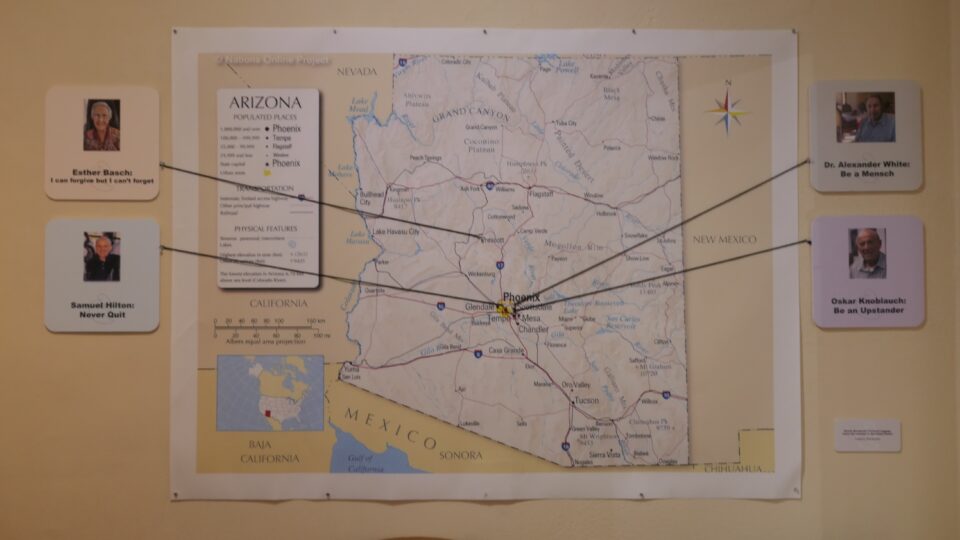
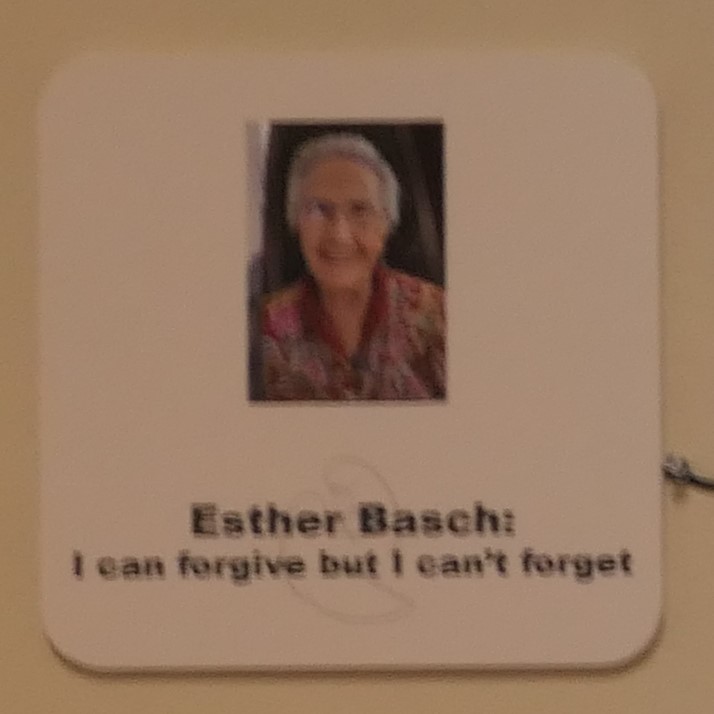
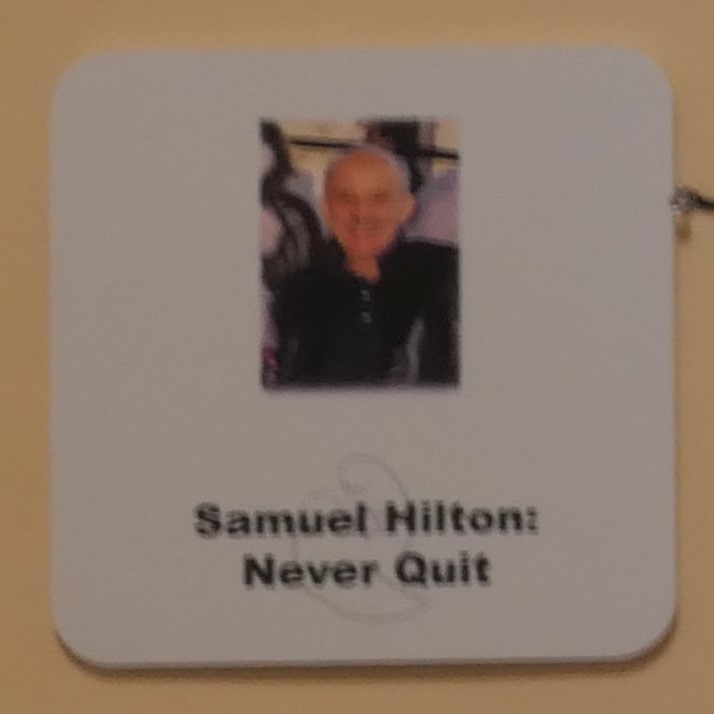
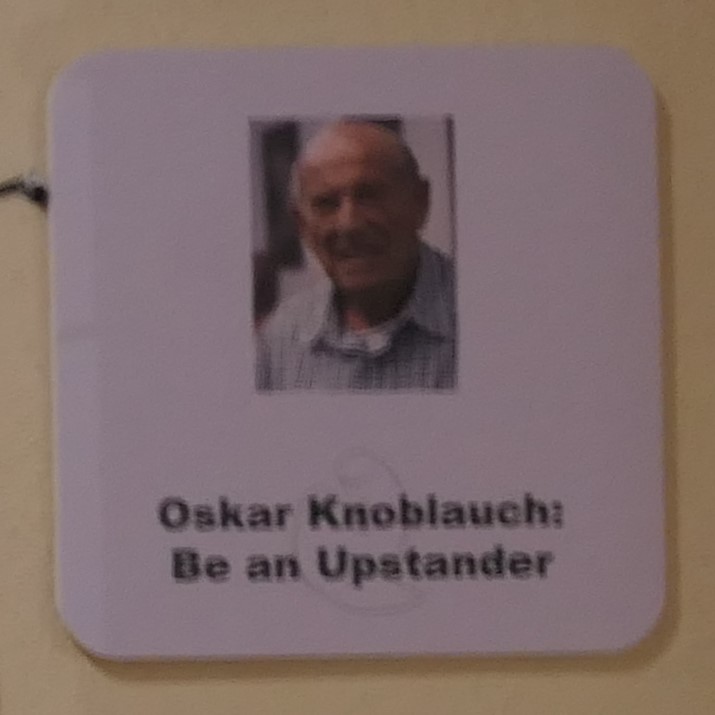
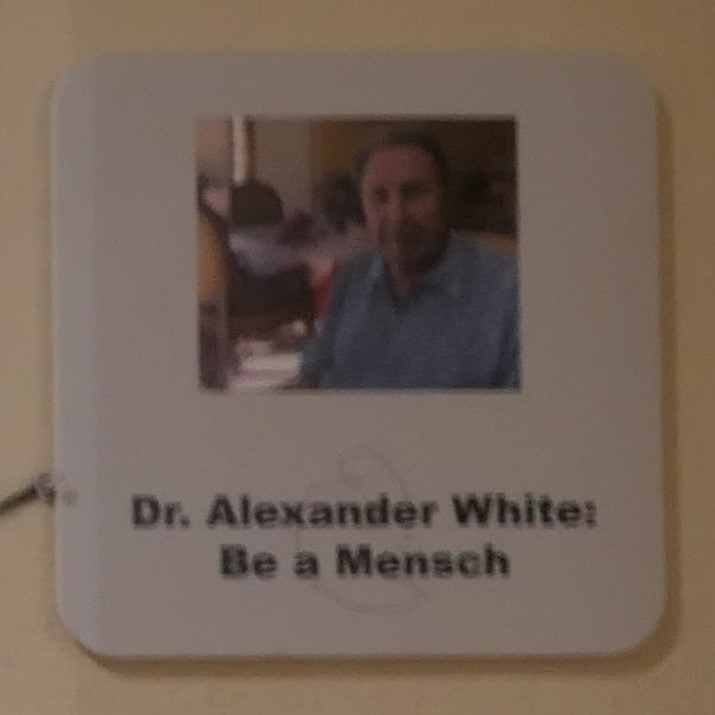
One of the displays featured 96-year-old Scottsdale resident Oskar Knoblauch in an interactive hologram. This is a 3D life size image of Knoblauch that “comes alive” as he answers questions from visitors about his life the during the holocaust. To create this exhibit, Knoblauch was filmed and asked more than 2,000 questions. These pre-recorded sessions are used to provide the answers to real-time questions, and you can find yourself having a conversation and learning all about Oskar and his experience. This back-and-forth immersion into his life provides a much more emotional encounter over a traditional display.
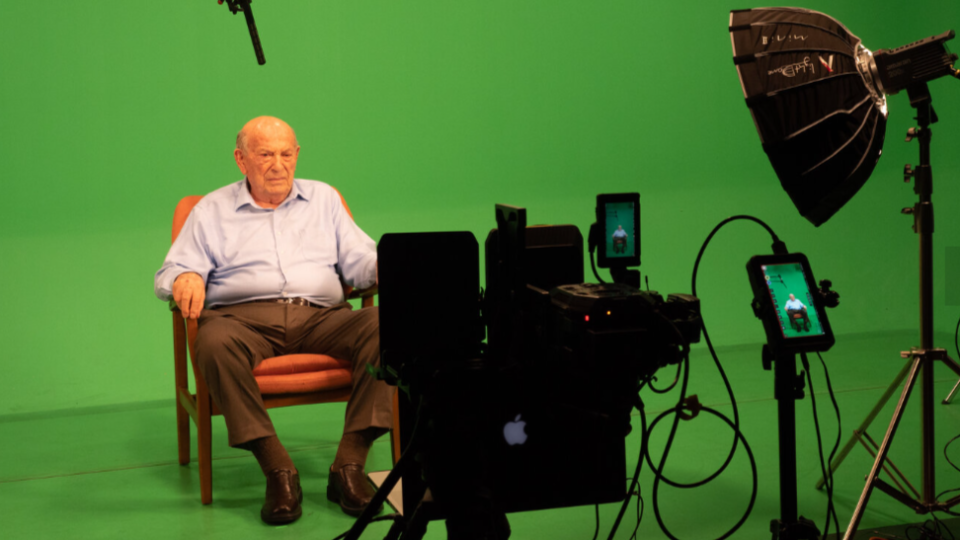
Oskar, born in German in 1925, moved with his family to Krakow, Poland in 1933 with the onset of Nazism. His father was murdered by Nazi soldiers but Oskar, his mother and siblings survived. His mother was in the labor camp of Plaszow while Oskar and his siblings worked at the SS prison of Pomorska.
Each of the four survivors highlighted in the museum was asked to give a motto. Oskar’s was “Be an Upstander” An upstander, as opposed to a bystander. Be someone who sees what happens and intervenes, interrupts, or speaks up to stop injustice. Over the years, Oskar has given more than 2,000 presentations spreading a voice of tolerance and respect.
In addition to the four stories of survivors from the area, there is a virtual reality experience to visit the Majdanek concentration camp in Poland. Visitors wear an Oculus Headset while watching a movie called “The Last Goodbye” guided by Holocaust survivor Pinchas Gutter.

Pinchas was 11 years old when he arrived in Majdenek. He tells his story as you travel with him to see the cattle car that he arrived in, the showers, the bunk beds he slept in and the crematorium As he leads you through the different places, he shares his memories, including the last time he saw his twin sister
alive.
While watching the film, you can turn yourself around and get a 360 degree picture of where you are. This makes you feel like you are really there. I visited Majdenek several years ago on an organized tour. I found the VR experience to be even more powerful. With VR you are alone with Pinchas, listening and
looking all around. In a tour, you are with the rest of the group, always looking over someone’s shoulder and hearing other conversations. Here it was just me and Pinchas. Powerful.
The museum is now working to raise money to build a large educational center on the grounds – The Hilton Family Holocaust Education Center. As well as a sizeable gift from the Hilton Family, they already received a budget of $2,000,000 from the State of Arizona towards this. The center is expected to break ground this year and open in 2026.
After the museum, we met relatives for lunch at an Israeli restaurant and then went to our campsite for the night. We wanted a place as close as possible to the motorhome rental company, so we would not get stuck in morning traffic when returning the motorhome and take a chance on missing our flight. The place we wanted to stay was all booked, and they recommended another place, not too far away.
This turned out to be a huge (literally 1000s of motorhomes and mobile homes) place where older people who come spend the winter in Phoenix live. No children allowed. There was a clubhouse, a schedule of activities, many golf carts and lots and lots of people milling around in a crowded setting. Not our cup of tea. Looking forward to returning home tomorrow.
